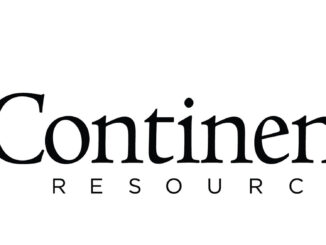
New York — Crude oil futures surged nearly 4% to settle at 13-month highs Feb. 22 as US refineries began to restart in the wake of severe weather across the southern US last week.
NYMEX March WTI settled up $2.25 at $61.49/b and ICE April Brent climbed $2.33 to settle at $64.25/b.
Nearly 1.8 million b/d in US refining capacity began restart activities this week, including North America’s largest refinery, Motiva Enterprise’s 607,000 b/d Port Arthur Refinery, which may not be fully operational though until March 11, according to an estimate in a new filing with the Texas Commission on Environmental Quality.
Other refineries beginning to ramp back up include ExxonMobil’s 369,024 b/d Beaumont Refinery, as well as a bevy of Corpus Christi refineries operated by Citgo Petroleum, Valero Energy and Flint Hills Resources, according to new company statements and filings.
Front-month WTI and Brent last settled higher on Jan. 7, 2020 and Jan. 9, 2020, respectively.
Oil also received a boost from reports that full restoration of crude production impacted by the storms could take several weeks.
At peak, the storm shut in nearly 4 million b/d of production last week, according to S&P Global Platts Analytics. As temperatures rose over the weekend, 85% of production is estimated to be back online already, though lingering impacts from freeze-offs could mean 100,000-200,000 b/d remains offline over the coming weeks as damaged equipment is repaired.
US commercial crude stocks are expected to have declined 4.8 million barrels to around 457 million barrels in the week ended Feb. 19, analysts surveyed by S&P Global Platts said Feb. 22, leaving them 1% behind the five-year average of US Energy Information Administration data.
NYMEX March RBOB settled up 3.48 cents at $1.8417/gal and March ULSD climbed 3.57 cents to $1.8586/gal.
Despite the US surpassing half a million COVID-19 deaths, downward trending case numbers in most major economics and optimism surrounding vaccine rollouts was bullish for oil demand outlooks, analysts said. UK Prime Minister Boris Johnson on Feb. 22 announced that his country would begin to relax strict pandemic restrictions beginning Mar. 8.
“The return to normalcy for large parts of Asia and the US are providing a strong case for an even stronger pickup in crude demand in the second quarter,” OANDA senior market analyst Edward Moya said in a note. “The reflation trade is driving dollar weakness and that is providing some additional support to an oil market that is seeing steadily bullish demand and supply side fundamentals.”
The ICE US Dollar Index was testing one-month lows in afternoon New York trading at around 90.09.
Refined product cracks came under pressure amid the refinery restarts. The front-month ICE New York Harbor RBOB crack versus Brent retreated to around $15.75/b, in from a one-year high of $16.42/b on Feb. 19, while the ICE New York Harbor heating oil crack versus Brent edged down to $12.54/b from $13.13/b on Feb. 19.
Adding further headwinds to RBOB values is a surge in European imports heading for the US Atlantic Coast. As of Feb. 22, 7.51 million barrels of gasoline are heading to USAC for delivery in the week beginning March 1, according to ship-tracking data from Kpler.



